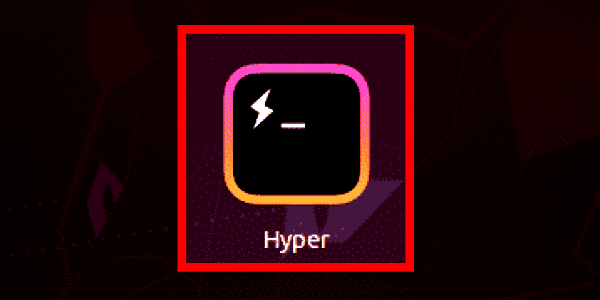

Allows you to rewind and view your terminal history in real-time.assign a hotkey that bring iTerm2 to the foreground when using another application.divide the window into multiple panes, each with a different session.It is extremely feature rich and easy to customize. ITerm2 seems to be the most popular third-party emulator. However, it is not as customizable or performant as some other options, which is why many people like to download a third-party emulator. It can likely handle anything you would need to use it for, and it is easy to use. The standard terminal that ships with MacOS it quite good. There are many options to choose from for emulators, so I will cover the five I have experience with. How you prioritize these will likely determine which is best for you. When it comes to deciding on an emulator, there are three major factors to consider: speed, features, and aesthetics. Most should work on any unix-based operating systems, but I will not have tested it. Note I use macOS, so this series will be written for macOS users. In this guide, I will walk through some of the different emulators and shells I have worked with, and take a look into which could be right for you. Luckily, there are tons of ways to tailor your terminal to perfectly match your workflow and aesthetic preferences. If you are anything like me, it didn’t take a long time before you started customizing your terminal. The shell is a program that takes input from the user in the form of text and hands it to the operating system to perform. This is a program that opens a window and allows us to interact with the shell. What is often referred to as the terminal is a terminal emulator. Also referred to as the command line, or Command Line Interface (CLI), it is our way of speaking directly to the computer.

The terminal is usually one of the first things that a new programmer learns how to use.


 0 kommentar(er)
0 kommentar(er)
